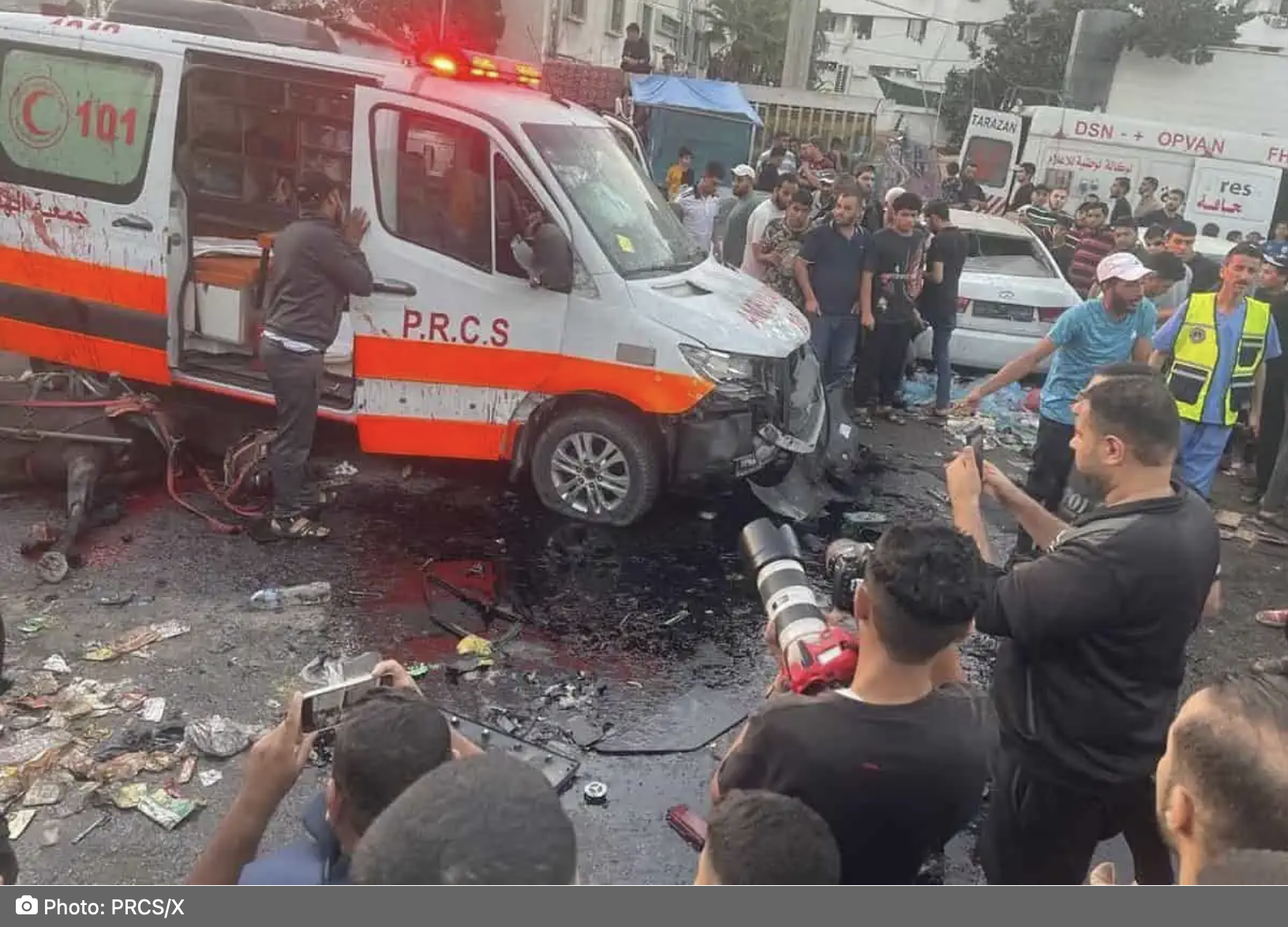The Craters in the Israeli Military Story
/After the bombing of the Al-Ahli Hospital on October 17 was widely attributed to the Israeli Military, Israel denied it had bombed the site and shared evidence that the cause was a misfired rocket from inside Gaza. While western governments and media were quick to support the Israeli story, others have called out their evidence as unconvincing and misinterpreted.
One of the arguments put forth by the Israeli military and its supporters to deny responsibility for the explosion at Al-Ahli hospital that killed dozens of internally displaced Gaza refugees was that the aftermath of the blast showed no large crater typical of other Israeli bombings.
The Daily Mail quoted Israeli Defense Forces spokesperson Daniel Hagari as saying, “The walls stay intact. There are no craters in the parking lot. These are the characteristics that show it was not an aerial munition that hit the parking lot.”
The craters in question are common at some other bombing sites that Israeli military has claimed responsibility for such as the multiple bombings of the Jabalia Refugee camp.
Damage in the courtyard of Al-Ahli hospital
Craters left from the Israeli bombing of Jabalia refugee camp in Gaza
In contrast to the extensive denial of responsibility at Al-Ahli hospital, the Israeli military was quick to claim responsibility for the attack on an ambulance convoy at Al-Shifa Medical Complex that killed at least 15 and wounded 50. Images from the scene of this attack show many bodies of dead and injured civilians, but none I have seen show any crater or any collapsed walls. It seems the telltale evidence of an aerial munition causing large craters is missing from this bombing that Israel has admitted to.
Israeli airstrike on an ambulance convoy in front of the gate of the Al-Shifa Hospital
This, of course, is not proof that Israel is at fault in the Al-Ahli bombing, but provides some clarification that the absence of craters is not strong evidence that they are not at fault.


